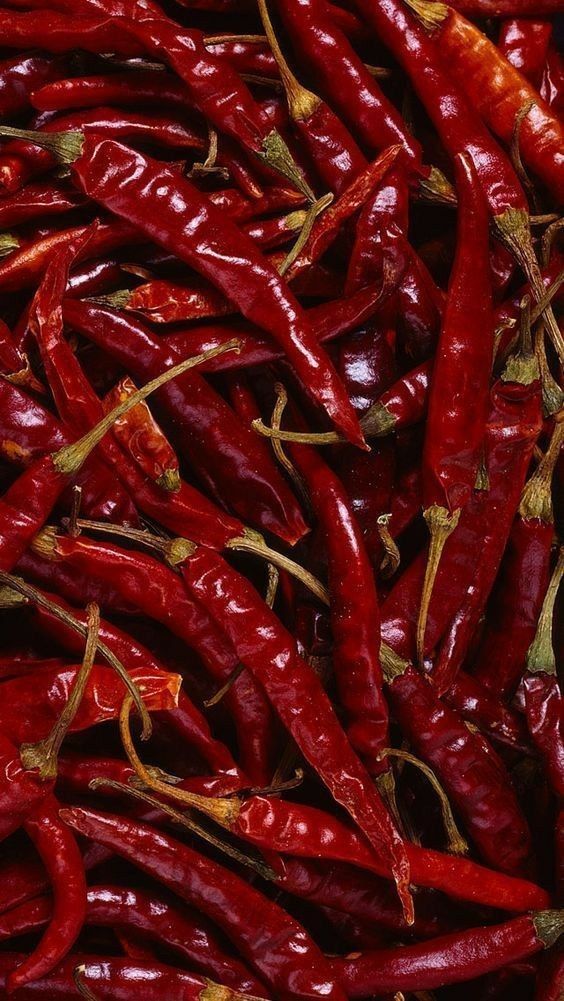Dry Red Chilli | Lal Mirch Sabut |
Red chilli refers to the dried or fresh fruit of the Capsicum plant, known for its spicy heat, vibrant red color, and rich antioxidant content. It’s a staple spice in cuisines around the world, especially in Indian, Mexican, Thai, and South American dishes.
🌶️ Types of Red Chillies
-
Fresh red chillies: Used in stir-fries, chutneys, and sauces.
-
Dried whole chillies: Commonly used in tempering and curries.
-
Red chilli powder: Ground form, used for direct seasoning.
-
Varieties (India-specific examples):
-
Byadgi (mild heat, deep red color)
-
Kashmiri (mild, vibrant red color)
-
Guntur (very spicy)
-
Reshampatti, Mathania, etc.
-
🔬 Nutritional Value (per 1 tsp red chilli powder – ~2g)
-
Calories: ~6 kcal
-
Carbs: ~1 g
-
Protein: ~0.3 g
-
Fat: ~0.3 g
-
Vitamin A: Extremely high
-
Vitamin C: Present in fresh chillies
-
Minerals: Iron, Potassium, Magnesium
-
Active compound: Capsaicin – responsible for heat and health effects
₨ 120 – ₨ 1,200













